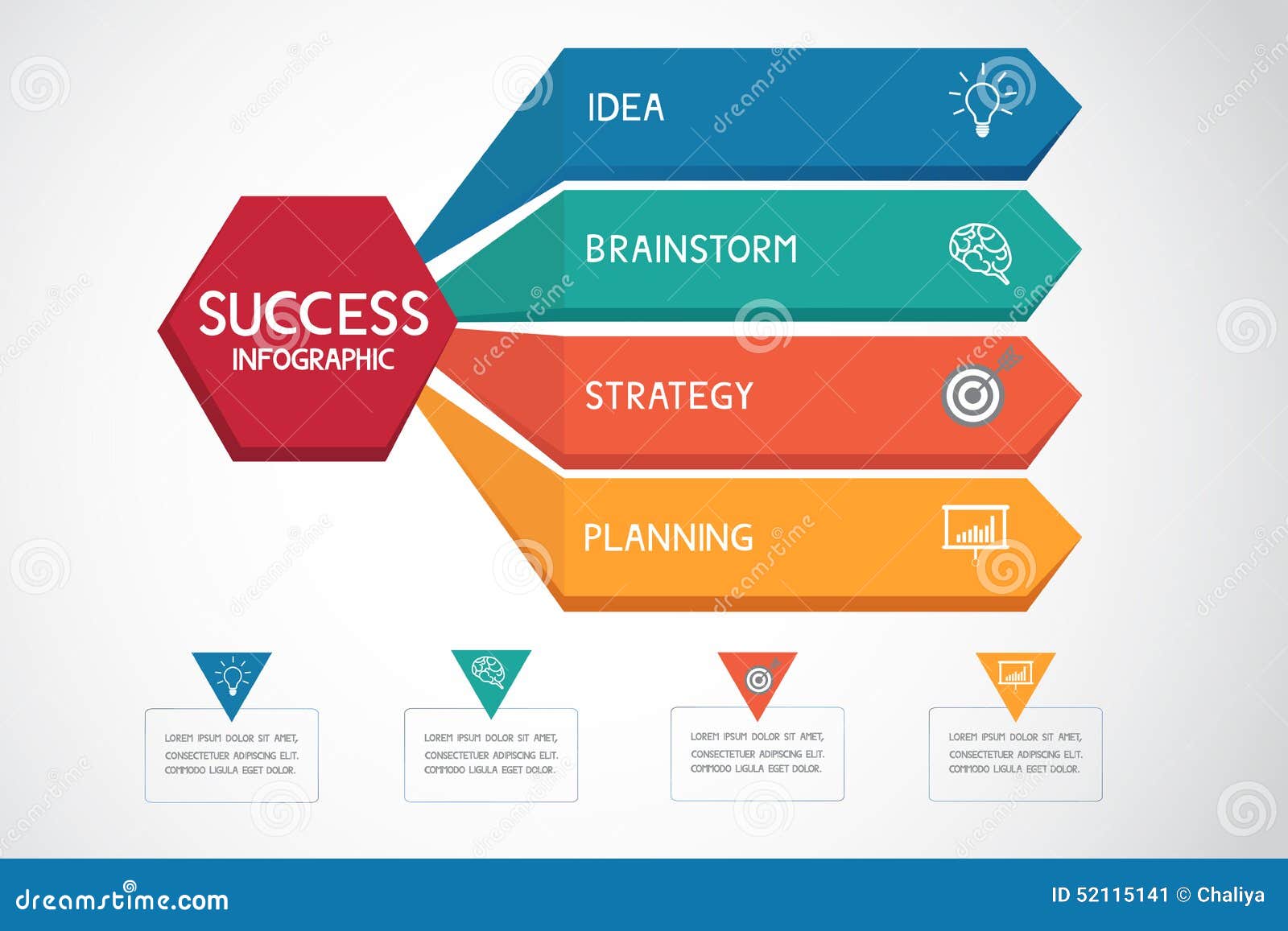Essential Aspects Of Website Design: Standards For Creating A User-Centric Site
Essential Aspects Of Website Design: Standards For Creating A User-Centric Site
Blog Article
helpful resources Written By-Scarborough Thorpe
When it concerns website layout, ensuring user-friendliness is vital. From receptive design to structured navigation, every component plays a vital role in developing a website that accommodates your target market's requirements. But what about the better information that can make or break an individual's browsing experience? Stay tuned as we uncover some often-overlooked pointers that can raise your web site's usability to the following degree, making it truly stick out in the digital landscape.
Value of Responsive Design
Receptive layout is a vital element of contemporary web site advancement. Guaranteeing your site is responsive means that it can adapt to different screen dimensions and tools, giving a smooth experience for individuals.
With home page content for website raising use of smart devices and tablets to access the net, having a receptive layout is crucial for getting to a larger audience. It assists in improving individual experience by making your site simple to browse and continue reading any type of gadget.
In addition, receptive design can positively impact your online search engine positions, as online search engine like Google prioritize mobile-friendly sites. By having a receptive style, you're additionally future-proofing your website, as brand-new devices with varying screen dimensions remain to arise.
Simplify Navigating Framework
To improve customer experience and facilitate easy access to information on your site, enhancing the navigation framework is critical. When developing your site, focus on creating a clear and instinctive navigating menu that aids visitors discover what they're searching for quickly.
Limitation the number of menu products to the basics, organizing associated pages together to prevent frustrating users. Use descriptive tags that clearly suggest the content of each page, making it less complicated for users to comprehend where each web link will take them.
Think about executing dropdown menus for subcategories to avoid cluttering the major navigating bar. Furthermore, include a search bar plainly on the page for customers that choose looking for certain details.
Prioritize mobile responsiveness in your navigation layout to ensure simple accessibility on all gadgets.
Enhance Web Page Lots Rate
Improving page lots speed is important for keeping visitors on your website. Slow-loading pages irritate individuals and can cause high bounce prices. To optimize web page tons speed, begin by optimizing photos. Compress pictures without endangering high quality to minimize their data sizes.
Additionally, allow browser caching to keep often accessed sources locally, speeding up lots times for returning visitors. Minify CSS, JavaScript, and HTML files by getting rid of unnecessary personalities, remarks, and formatting, boosting lots rate.
Take into consideration utilizing a web content shipment network (CDN) to distribute your site's web content across multiple servers worldwide, decreasing latency for customers accessing your website from different locations. Lastly, restrict making use of third-party scripts and plugins, as they can dramatically affect lots times.
Verdict
In conclusion, by including receptive style, simplifying navigation, and enhancing web page load speed, you can produce an easy to use internet site that appeals to a bigger audience and boosts customer experience. These essential elements make certain that visitors can easily gain access to and browse your website across various devices, bring about enhanced interaction and complete satisfaction. By focusing on these essential facets, you can build a successful internet site that keeps users coming back for even more.
